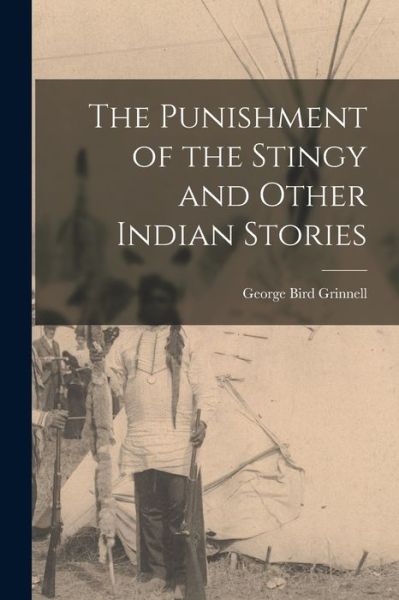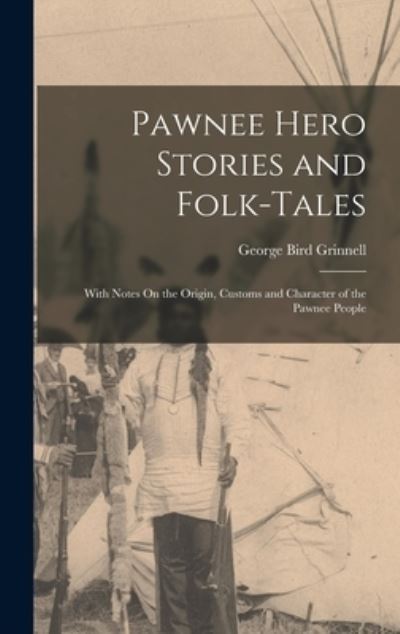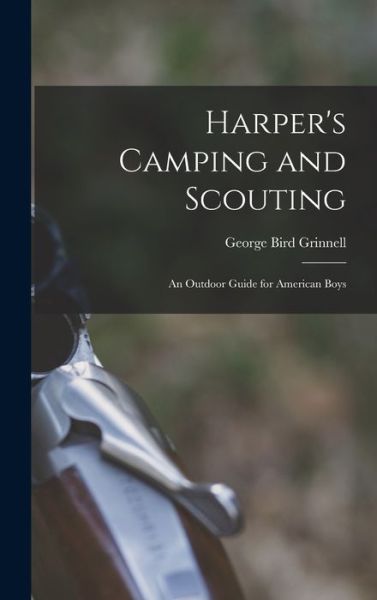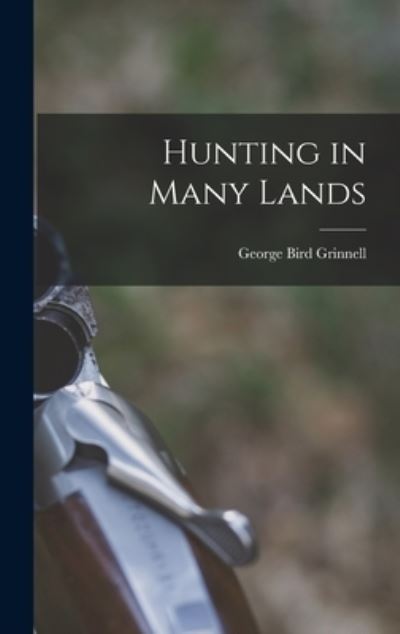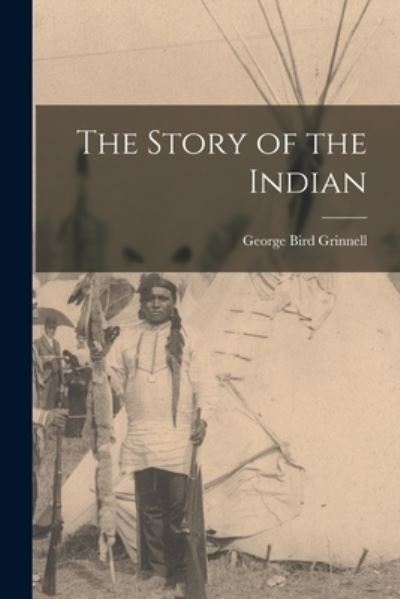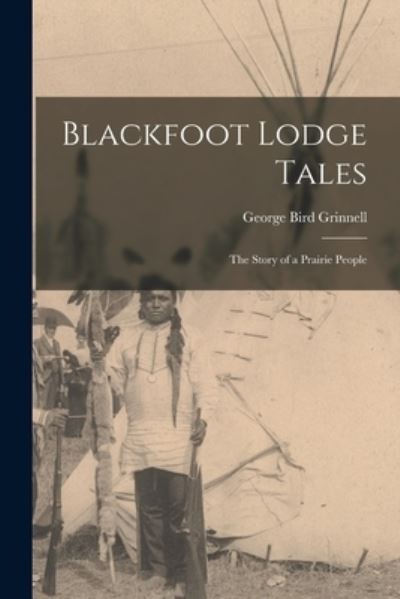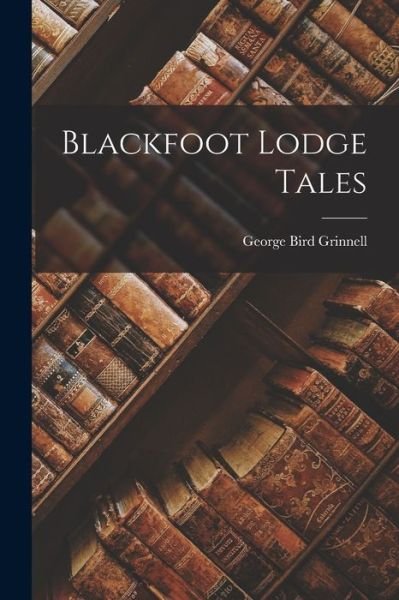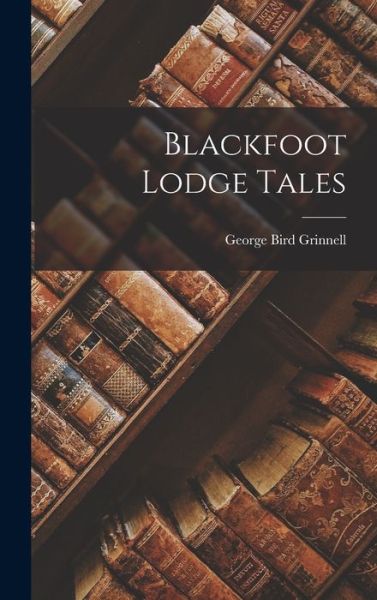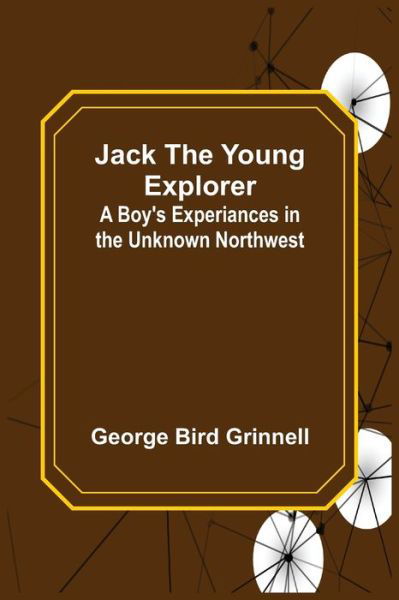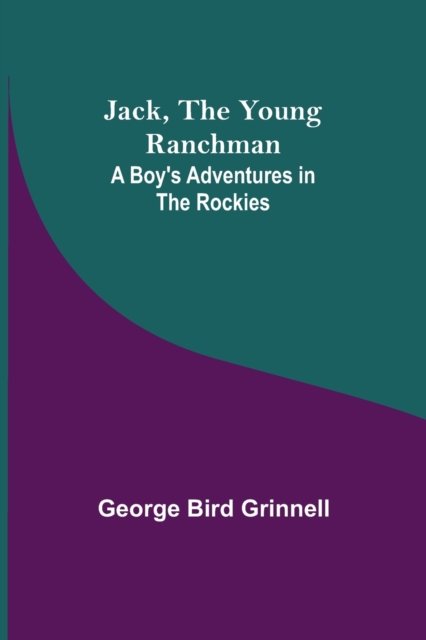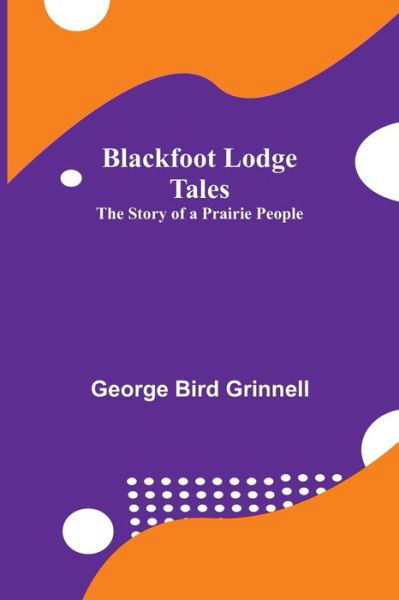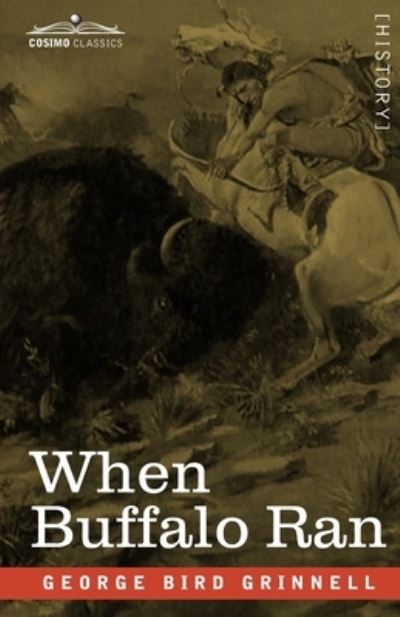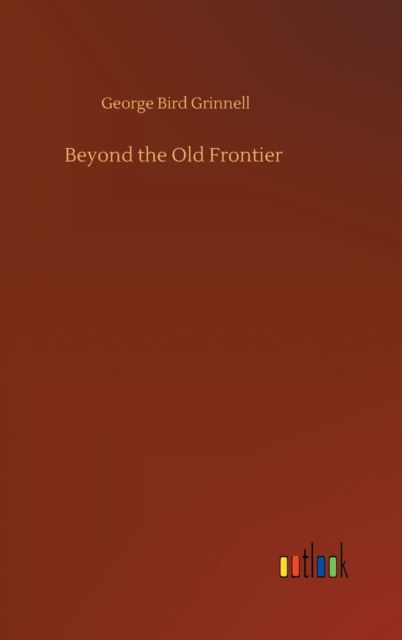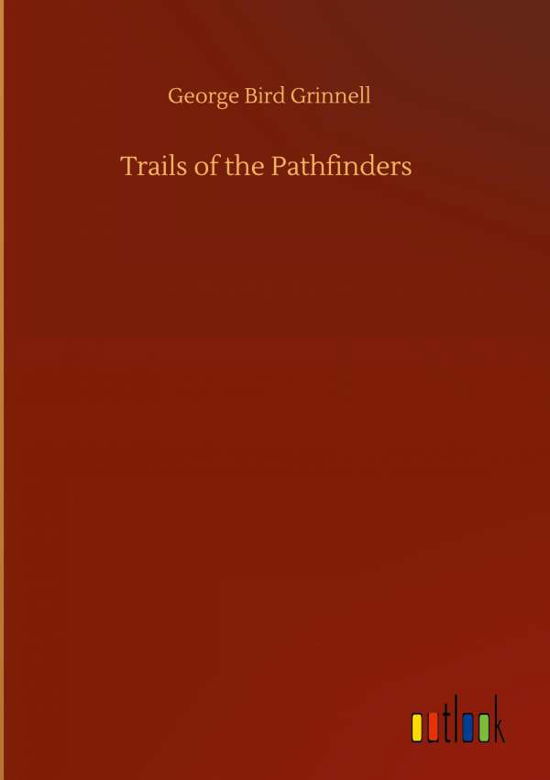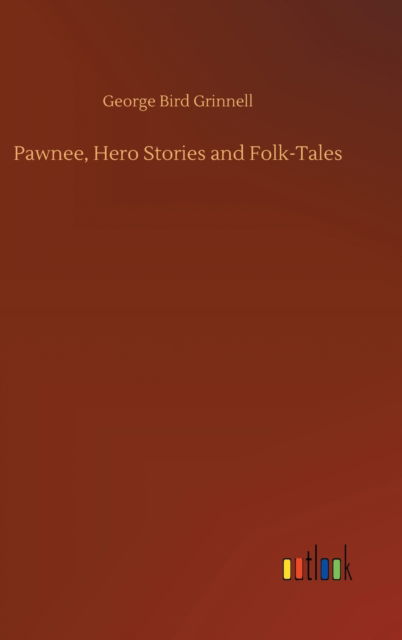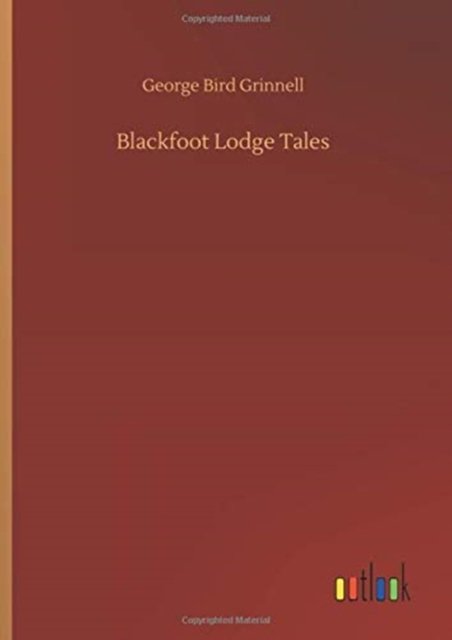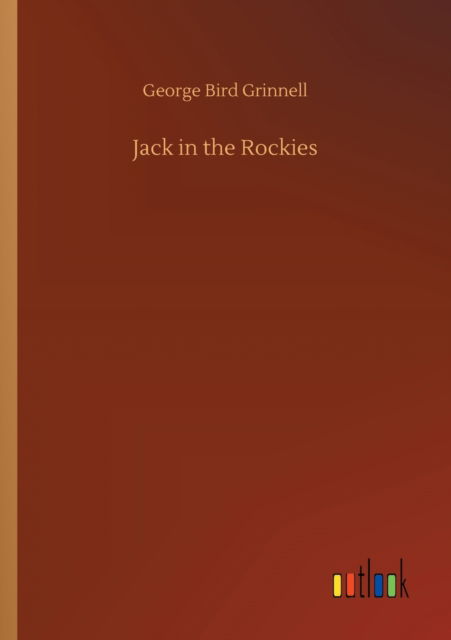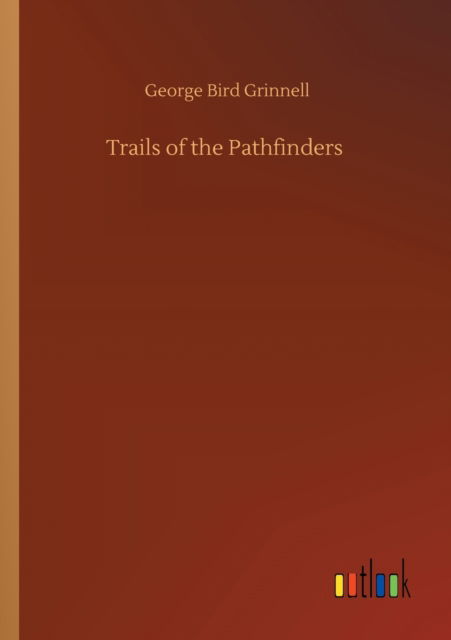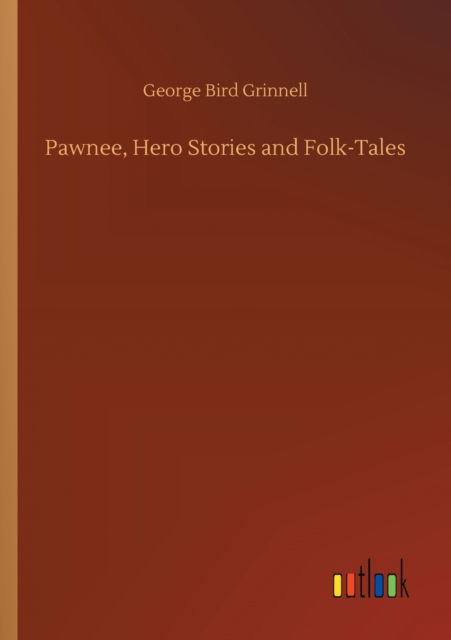
Tell your friends about this item:
Blackfeet Indian Stories
George Bird Grinnell
Ordered from remote warehouse
 Christmas presents can be returned until 31 January
Christmas presents can be returned until 31 January

Also available as:
- Paperback Book (2015) $ 14.49
- Paperback Book (2014) $ 14.49
- Paperback Book (2018) $ 14.49
- Paperback Book (2014) $ 14.49
- Paperback Book (2019) $ 15.99
- Paperback Book (2014) $ 17.99
- Paperback Book (2015) $ 21.49
- Paperback Book (2021) $ 23.49
- Book (2022) $ 24.99
- Paperback Book (2011) $ 30.49
- Paperback Book (2013) $ 35.99
- Book (2022) $ 36.99
- Paperback Book (2020) $ 42.99
- Hardcover Book (2020) $ 60.49
Blackfeet Indian Stories
George Bird Grinnell
George Bird Grinnell (September 20, 1849 - April 11, 1938) was an American anthropologist, historian, naturalist, and writer. Grinnell was born in Brooklyn, New York, and graduated from Yale University with a B. A. in 1870 and a Ph. D. in 1880. Originally specializing in zoology, he became a prominent early conservationist and student of Native American life. Grinnell has been recognized for his influence on public opinion and work on legislation to preserve the American buffalo. Grinnell had extensive contact with the terrain, animals and Native Americans of the northern plains, starting with being part of the last great hunt of the Pawnee in 1872. He spent many years studying the natural history of the region. As a graduate student, he accompanied Lieutenant Colonel George Armstrong Custer's 1874 Black Hills expedition as a naturalist. He declined a similar appointment to the ill-fated 1876 Little Big Horn expedition. (Punke, p. 109) In 1875, Colonel William Ludlow, who had been part of Custer's gold exploration effort, invited Grinnell to serve as naturalist and mineralogist on an expedition to Montana and the newly established Yellowstone Park. Grinnell prepared an attachment to the expedition's report, in which he documented the poaching of buffalo, deer, elk and antelope for hides. "It is estimated that during the winter of 1874-1875, not less than 3,000 Buffalo and mule deer suffer even more severely than the elk, and the antelope nearly as much." (Punke, pp. 102) His experience in Yellowstone led Grinnell to write the first of many magazine articles dealing with conservation, the protection of the buffalo, and the American West. Grinnell made hunting trips to the St. Mary Lakes region of what is now Glacier National Park in 1885, 1887 and 1891 in the company of James Willard Schultz, the first professional guide in the region. During the 1885 visit, Grinnell and Schultz while traveling up the Swiftcurrent valley observed the glacier that now bears his name. Along with Schultz, Grinnell participated in the naming of many features in the Glacier region. He was later influential in establishing Glacier National Park in 1910. He was also a member of the Edward Henry Harriman expedition of 1899, a two-month survey of the Alaskan coast by an elite group of scientists and artists.
| Media | Books Paperback Book (Book with soft cover and glued back) |
| Released | February 6, 2017 |
| ISBN13 | 9781542941594 |
| Publishers | Createspace Independent Publishing Platf |
| Pages | 112 |
| Dimensions | 152 × 229 × 6 mm · 158 g |
| Language | English |
More by George Bird Grinnell
More from this series
See all of George Bird Grinnell ( e.g. Paperback Book , Hardcover Book , Book , CD and Leather Book )


